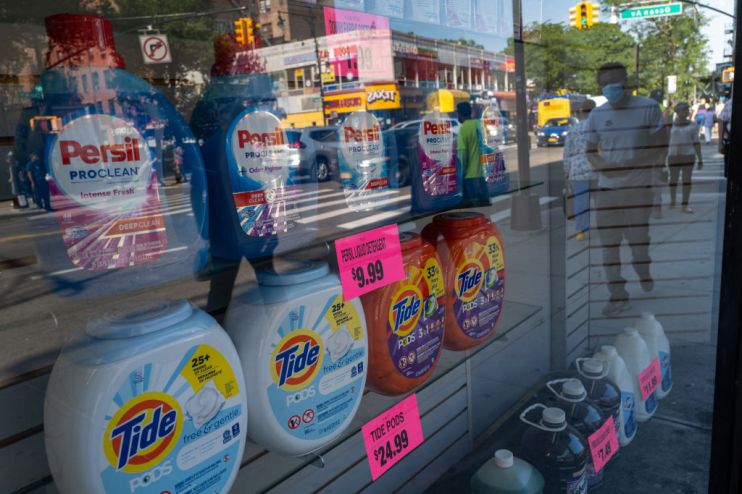Food inflation soars to record 15 per cent as sugar price hike leaves retailers warning of more misery to come

Shop price inflation is yet to reach its “peak” as the rising cost of sugar and high manufacturing costs present a double whammy ahead of crucial Easter trade, a leading retail body has warned.
The British Retail Consortium (BRC) shop price index showed annual inflation accelerated to 8.9 per cent in March, up from 8.4 per cent in February – a fresh high for shoppers who have had no relief from soaring living costs.
Food inflation also continued to sky rocket in March, rising to 15 per cent from 14.5 per cent in February – the highest rate on record.
Grocery stores battled supply shortages due to bad weather in southern Europe and northern Africa, which disrupted crop growth, seeing the rise in fresh food prices soar to 17 per cent, up from 16.3 per cent in February.
What is driving food price inflation?
“Shop price inflation has yet to peak. As Easter approaches, the rising cost of sugar coupled with high manufacturing costs left some customers with a sour taste, as price rises for chocolate, sweets and fizzy drinks increased in March,” said Helen Dickinson OBE, chief executive of the BRC.
“Fruit and vegetable prices also rose as poor harvests in Europe and North Africa worsened availability, and imports became more expensive due to the weakening pound. “
Costs of ambient food, such as canned goods, rose to 12.4 per cent in March, up from 12.2 per cent in February.
The cost of goods in stores have been on a steady increase due to a hike in energy costs, shortages of goods and materials and the impact of Covid-19, with consumers bearing the brunt of this fallout.
“Inflation continues to have an impact on the spending power of shoppers and increased energy bills from April will add more pressure,” Mike Watkins, head of retailer and Business Insight, NielsenIQ, said.
He added: “Since food prices have risen retailers have seen more visits but less basket spend, as shoppers manage their weekly food bills by shopping little and more often and seeking out the lowest prices.”